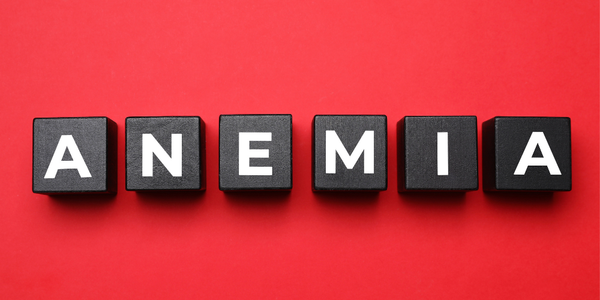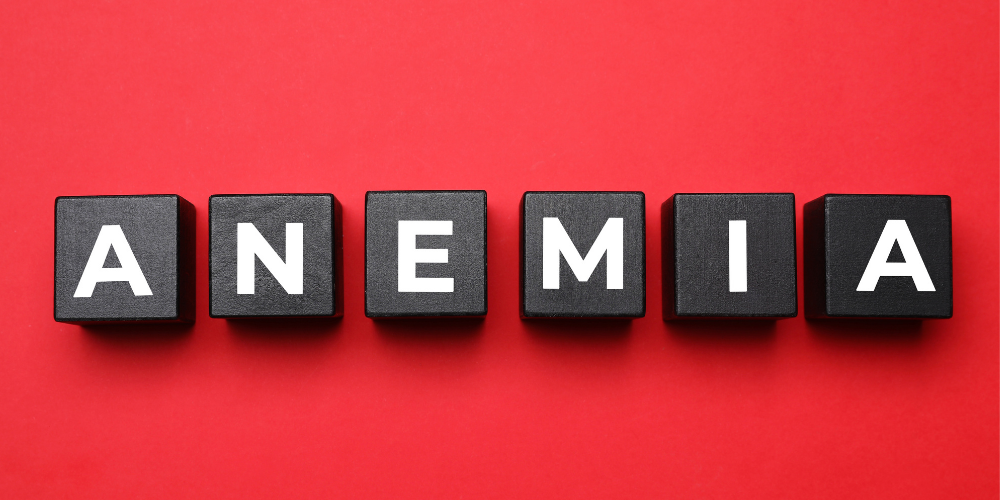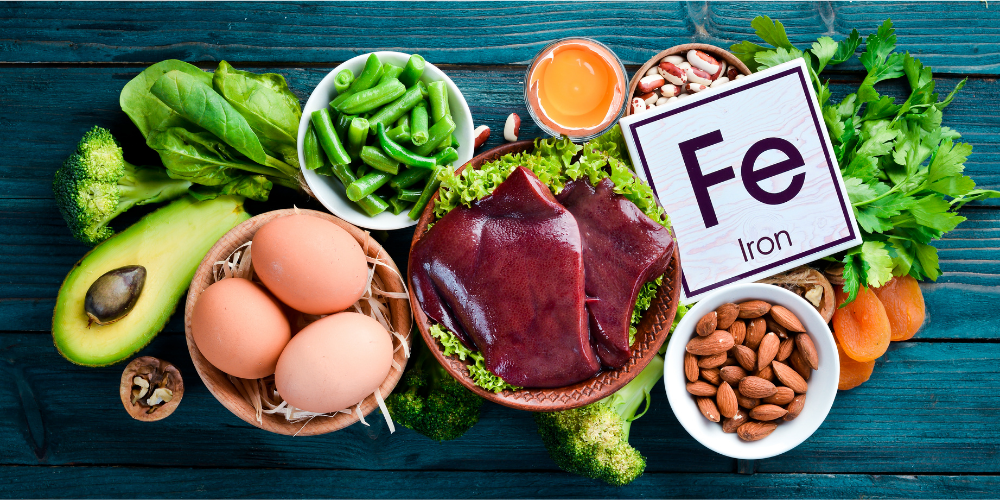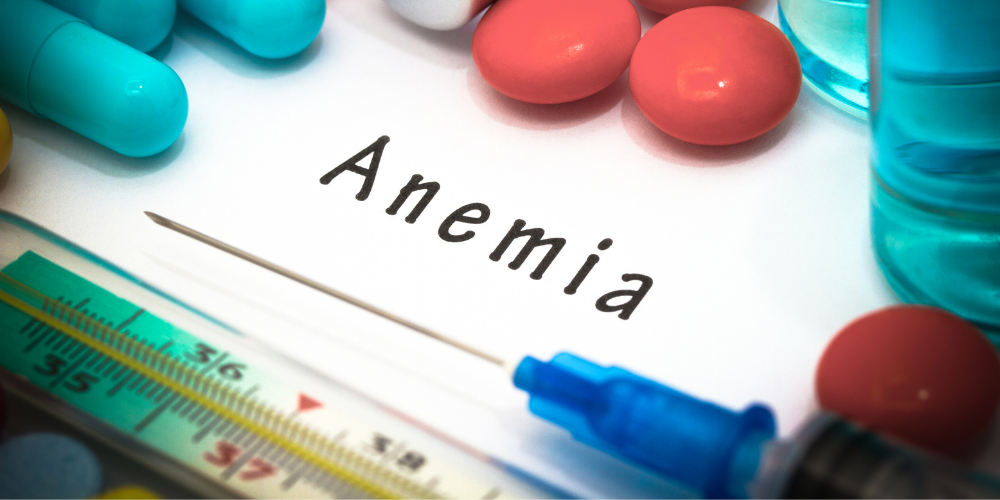
Iron deficiency anemia: what it is, causes, symptoms, and how to treat it

Iron deficiency anemia is the most common form of anemia in the world. It is a condition in which levels of hemoglobin , the protein that carries oxygen in the blood, are too low. The term "iron deficiency" derives from its origin: a lack of iron , an essential element for the synthesis of hemoglobin.
The main causes
Iron deficiency in the body can have various origins:
-
Low-iron diet : Diets that do not include sufficient sources of this mineral.
-
Absorption difficulties : conditions that limit the intestinal absorption of iron.
-
Bleeding : Visible or occult bleeding that depletes iron stores over time.
Symptoms of iron deficiency anemia
One of the most insidious aspects of this condition is that the symptoms are often nonspecific. Among the most common are:
-
feeling of general tiredness and fatigue;
-
shortness of breath or wheezing during physical activity;
-
reduced ability to concentrate.
If left untreated, iron deficiency anemia can have significant consequences on quality of life and overall well-being.
How to deal with it
Since the underlying problem is iron deficiency , the first step is to adopt a diet that includes foods rich in this mineral, such as lean red meat, legumes, fish, and green leafy vegetables. A helpful tip is to combine iron sources with vitamin C , which improves its absorption.
In many cases, however, food alone isn't enough to compensate for the deficiency. For this reason, iron supplements are often an essential solution, and should be chosen with the help of a doctor or pharmacist to ensure efficacy and good tolerability.


